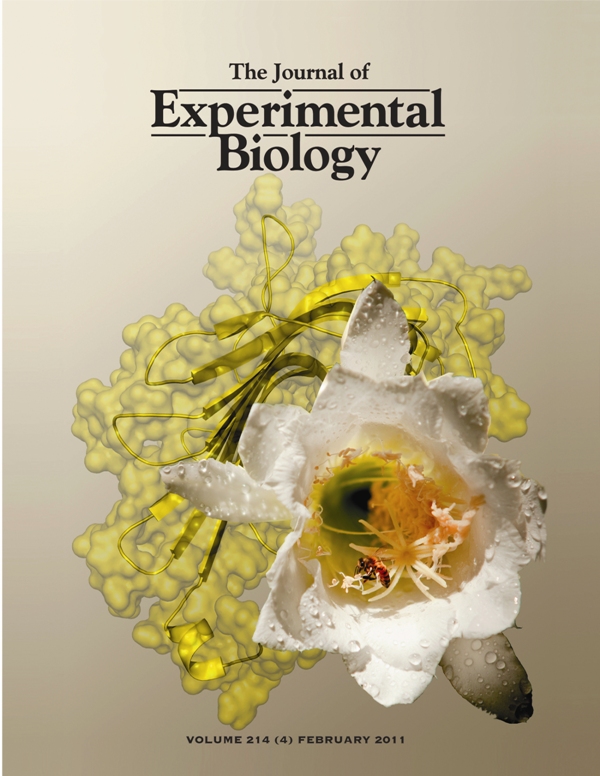Main Page: Difference between revisions
Jump to navigation
Jump to search
No edit summary |
No edit summary |
||
| Line 26: | Line 26: | ||
|- | |- | ||
! Official Release | ! Official Release | ||
| [http://pymol.org | | [http://pymol.org PyMOL, AxPyMOL, and JyMO v1.7 have all been released] today, January 14, 2014. | ||
|- | |- | ||
! New Plugin | ! New Plugin | ||
| [[Bondpack]] is | | [[Bondpack]] is a collection of PyMOL plugins for easy visualization of atomic bonds. | ||
|- | |- | ||
! New Plugin | ! New Plugin | ||
Revision as of 15:59, 14 January 2014
| The community-run support site for the PyMOL molecular viewer. |
| New accounts: email jason (dot) vertrees (@) gmail dot com |
| Tutorials | Table of Contents | Commands |
| Script Library | Plugins | FAQ |
| Gallery | Covers | PyMOL Cheat Sheet (PDF) | GoogleSearch |
|
|
 A Random PyMOL-generated Cover. See Covers.
|